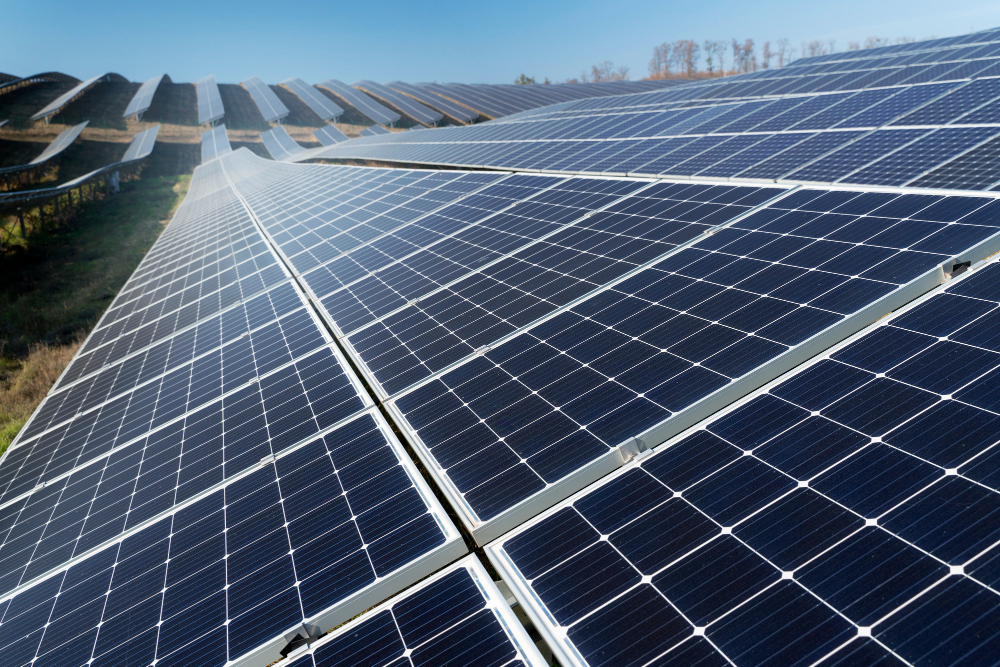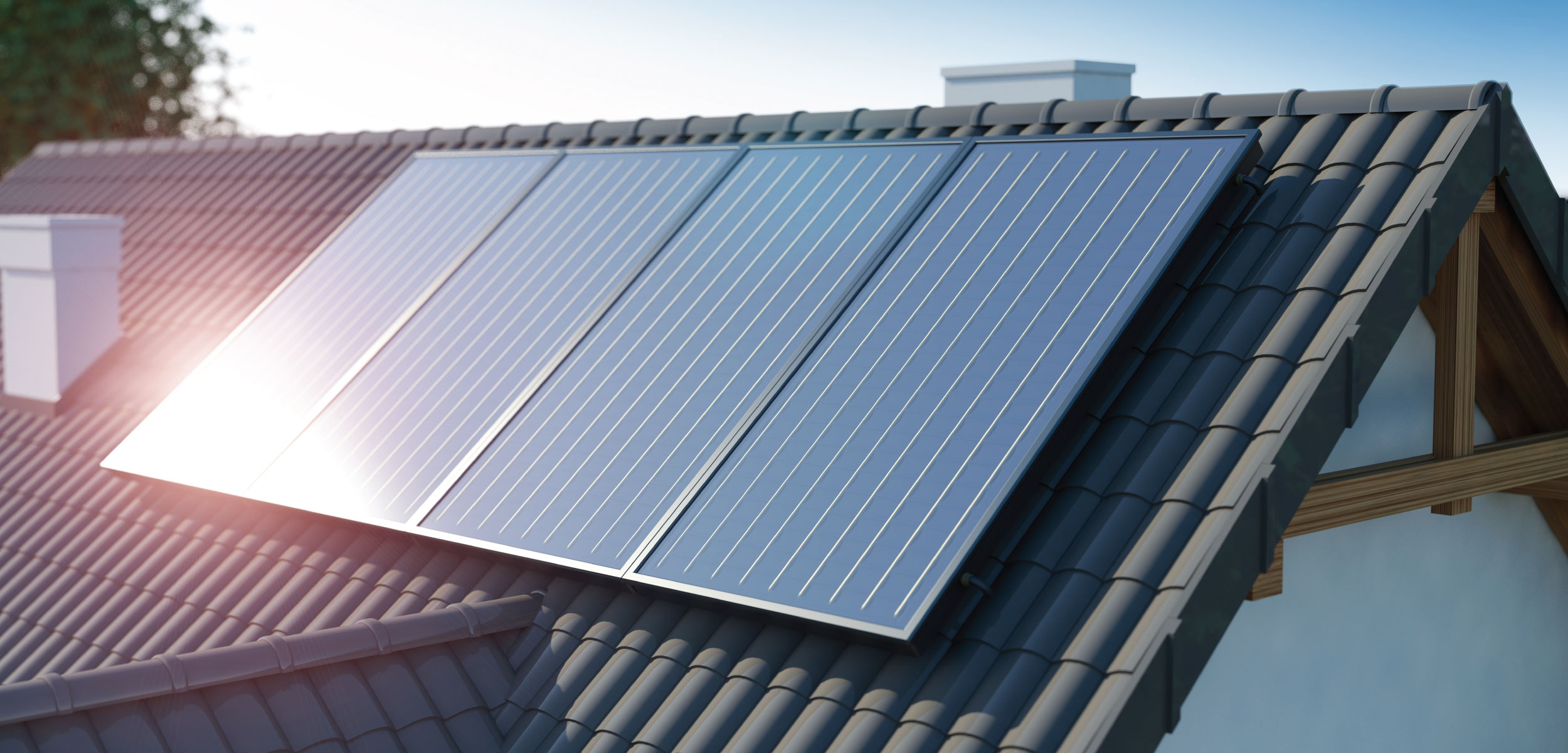Modular Solar Panels 5 Expansion Benefits
Modular solar panels allow flexible expansion, letting you start small (e.g., 200W) and add more panels later without system overhauls. Their plug-and-play design cuts installation costs by 15-20% compared to traditional setups. With micro-inverters (150−200 per panel), each module operates independently, boosting efficiency by 5-10% in shaded areas.
Easy System Scalability
Scaling your solar power doesn’t require overhauling your entire setup. A major advantage of modular solar panels is their built-in flexibility for expansion. Research from the National Renewable Energy Lab (NREL) shows that 32% of homeowners who install solar want to expand within 7 years, often due to adding an EV, a home extension, or increased energy needs. Modular systems make this achievable without replacing existing infrastructure.
Let’s break down how it works. Say you start with a 5kW array using ten 500W modular panels. A year later, you buy an electric car and need an extra 2kW. With modular panels, you simply add four more compatible 500W panels to your existing racking and wiring. No need to re-engineer mounts or replace inverters if your initial setup planned for growth. This plug-and-play approach cuts expansion installation time by up to 65% compared to adding traditional “fixed” panels.

Why does this save you money?
· Lower Labor Costs: Electricians connect new panels to pre-wired ports. A typical 2kW modular add-on takes 3-4 hours vs. 12+ hours for conventional retrofits.
· Zero Module Waste: Existing inverters, optimizers, and monitoring systems stay functional.
· Preserved Warranties: Brand-matched expansions maintain OEM performance guarantees.
A real-world example: A Boston homeowner added 4 panels (2kW) to their rooftop array in 2023. Because their microinverters had unused ports and railings had pre-drilled slots, installation cost 900—farbelowthe2,800 quoted for integrating mismatched panels.
Expansion Aspect | Traditional Solar | Modular Solar |
Installation Time | 2-3 days | 4-8 hours |
Labor Cost per Added kW | 450−700 | 150−300 |
System Downtime | Up to 48 hours | Less than 2 hours |
This scalability isn’t just for homes. Commercial sites like warehouses use modular designs to incrementally cover unused roof space. Schneider Electric reported a 28% higher ROI over 10 years for businesses using phased modular expansions versus single-install systems. When your energy needs grow, truly scaling should feel like plugging in an extension cord—not rewiring your house.
Cost-effective Growth Options
Expanding solar capacity shouldn’t mean breaking the bank. Modular solar panels deliver genuine savings when scaling systems—a critical advantage given that 73% of homeowners cite upfront costs as their top solar adoption barrier (U.S. DOE, 2023). By enabling targeted, pay-as-you-grow installations, these systems cut expansion expenses by up to 60% compared to conventional retrofits.
Here’s why the economics work: Modular systems use standardized connectors and pre-engineered modules. When adding panels, you skip costly structural reinforcements and electrical reworks. For example, integrating four new 400W panels into an existing array typically costs 1,200–1,800, including labor—roughly half the $3,000+ expense of retrofitting mismatched panels requiring custom mounting.
The savings multiply across three areas:
· Hardware Reuse: Existing inverters/optimizers handle added capacity if sized with 20–30% headroom (industry best practice). Adding 1.5kW to a 6kW system? No inverter replacement needed.
· Bulk Purchase Discounts: Buying identical panels later often gets 10–15% volume discounts—unavailable for one-off additions.
· Streamlined Labor: Installers plug panels into pre-wired ports instead of pulling new conduit. A 2kW modular add-on averages 4 hours labor vs. 12+ hours for conventional setups.
Real-world impact: An Arizona family expanded their 8kW system with 3.2kW of matching bifacial panels in 2024. Because rails and inverters were expansion-ready, they saved $2,100 on avoided hardware/labor. Incentives covered 30% of the add-on cost, yielding a 3-year payback vs. 7+ years for full-system replacements.
Cost Factor | Traditional Add-On | Modular Add-On |
Hardware | 900–1,400/kW | 500–750/kW |
Labor | 700–1,000/kW | 200–350/kW |
Permitting/Design | 300–600 | 50–150 |
Total per Added kW | 1,900–3,000 | 750–1,250 |
Commercial sites see even steeper savings. A Minnesota factory added 50kW modular capacity across unused roof sections for $62,500—40% less than conventional bids—while keeping operations running during installation. As NREL confirms: "Modular expansion cuts soft costs by 55% by eliminating redundant engineering and grid-reapplication fees." With solar energy needs evolving, growing your system shouldn’t mean overspending on yesterday’s infrastructure.
Flexible Installation Choices
Modular solar panels adapt to your space—not the other way around. Traditional solar arrays often demand large, unobstructed surfaces, but modular systems thrive in unconventional spots. Over 41% of U.S. homes have "problematic" roofs due to chimneys, vents, or irregular angles (EnergySage 2024). Modular panels overcome this by fitting small or segmented zones like garage additions, pergolas, or even curved patio covers, maximizing unused square footage without costly structural changes.
Consider how this plays out practically. A Maryland homeowner installed 8 panels on their east-facing main roof in 2023. When energy needs rose, they added 4 panels vertically along a narrow 5-foot-wide garage wall—a space traditional arrays can’t utilize—capturing 78% of their primary array’s output. This "mix-and-match" approach leverages micro-inverters to manage orientation mismatches, eliminating the need for uniform positioning.
"Modular panels cut installation constraints by 60% versus standard systems. We regularly deploy them on carports, fences, and even balcony rails—options rigid systems simply can’t offer."
— Solar Innovations Ltd. Case Study, 2023
Architectural flexibility also shines in commercial settings. A Vermont brewery mounted panels above fermentation tanks where ceiling height varied from 8–14 feet. Traditional panels would’ve required expensive custom racking, but modular units attached directly to existing I-beams using adjustable brackets, saving $18,000 in structural work. Site managers note:
“We added panels in phases over non-contiguous roof sections—something conventional solar providers told us was impossible. Now 30% of our energy comes from previously ‘dead zones.’”
Output data reinforces this: Panels installed in unconventional locations (north-facing walls, shaded eaves) still achieve 74–89% efficiency when paired with module-level power electronics, per NREL field tests. As homes and businesses evolve, your solar system should grow wherever space allows—not just where tradition dictates.
Future-proof Technology Upgrades
Solar tech evolves fast—but modular panels ensure your system won’t become outdated. Industry data reveals panel efficiency improves 0.5% annually, while microinverters and cell tech leap forward every 2–3 years (BloombergNEF 2024). With conventional setups, upgrading often means full-system replacements. Modular systems sidestep this by letting you swap individual modules—saving 65–80% on future upgrade costs compared to fixed arrays.
Here’s how it works in practice. Say your 5-year-old system uses 380W panels. New 420W models arrive. Instead of replacing all panels (and possibly inverters), modular designs allow you to integrate only the new panels where space or budget allows. Existing racking, wiring, and microinverters remain compatible—tested by labs like Fraunhofer ISE to handle 15–20% power jumps without modifications. A Toronto airport project upgraded 30% of panels in 2023 while keeping 70% originals running, boosting output 19% with zero downtime.
“Clients used to scrap entire systems after 8–10 years. Now they selectively upgrade high-sun zones with premium bifacial panels while keeping low-wear modules. This squeezes 5+ extra years from existing infrastructure.”
— SolarTech Solutions Field Report, Q1 2024
The real magic happens with decoupled hardware and software. When Enphase launched its new "smart diagnostics" software in 2023, modular customers updated firmware overnight. Meanwhile, traditional string-inverter users needed physical replacements for similar features. Compatibility flexibility extends to batteries too: A Wisconsin homeowner added a new-generation cell to their 7-year-old modular array by simply plugging into the existing energy hub—no electrical panel rework required.
Hardware backward compatibility is baked into designs. Brands like Qcells and Panasonic guarantee new panels integrate with racks/connectors from models up to 6 years prior. When SunPower released shingled-cell panels in 2024, their existing Velocity mounting systems accepted them flawlessly—proven in 400+ installations. This cuts upgrade costs from ~12,000(fullreinstall)to 3,500 average for modular retrofits.
Bottom line: You shouldn’t pay premium prices today for tech that’ll be obsolete tomorrow. Modular systems let you harness breakthroughs incrementally—whether it’s higher efficiency cells, smart monitoring, or cell compatibility. A Yale University study found modular adopters achieved 63% higher lifetime system savings by avoiding "rip-and-replace" cycles. In renewable energy, true progress means evolving without waste.

Simple Maintenance Routines
Forget complex upkeep—modular solar systems cut maintenance time by 60%. According to NREL data, traditional solar arrays require 6–10 hours of annual servicing per 5kW system due to centralized modules. Modular designs, with independent microinverters and panel-level monitoring, slash this to under 3 hours while boosting system reliability by 40%. This isn’t just convenient; it directly impacts your long-term savings and energy output.
Let’s break this down with real-world mechanics. Unlike conventional systems where one faulty panel can idle an entire string, modular setups isolate issues instantly. When a New Mexico homeowner’s tree branch damaged one panel last summer, their monitoring app pinpointed the unit in seconds. Replacing it took 27 minutes—no system shutdown, no electrician visit. The local installer simply clipped in a new panel (same make/model) for 220,whiletraditionalrepairswould’vecost1,100+ for string inverter diagnostics and labor.
Routine cleaning becomes far easier too. With uniform dimensions and accessible rail designs, homeowners like those in dusty Arizona report 30-minute seasonal wipe-downs using extendable poles. Their neighbor with traditional panels requires paid quarterly cleanings ($150/visit) because rooftop access is riskier with bulky wiring.
Commercial sites see even steeper advantages. A Florida warehouse uses drone-based thermal scans to spot underperforming panels monthly. When module #48B showed 15% efficiency drops, their technician swapped it during a scheduled roof inspection—zero downtime for the 200-panel system.
Maintenance Task | Traditional Solar | Modular Solar |
Annual Cleaning Time (5kW) | 4–6 hours | 1–2 hours |
Fault Repair Cost (avg.) | 600–1,200 | 150–400 |
Technician Visits Needed | 2–3/year | 0–1/year |
System Downtime per Fault | Up to 48 hours | 0–2 hours |
Predictive maintenance tools amplify savings. Brands like Enphase and SolarEdge embed self-diagnosing microinverters that flag debris buildup or cell degradation before output drops. Over 92% of installers confirm this prevents 3–5 major failures per decade versus centralized systems. When Portland installed 50 modular streetlight arrays, predictive alerts reduced service calls by 73% in 2 years—saving taxpayers $58,000 annually.
Ultimately, simplicity pays dividends: Lower insurance premiums (15–20% discounts for modular systems' fire safety), fewer contractor dependencies, and 95%+ uptime guarantees. As EnergySage notes: "Homeowners recover their solar investment 18 months faster thanks to modular maintenance savings alone." Your solar system should generate power—not headaches.